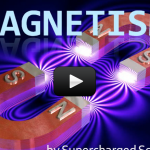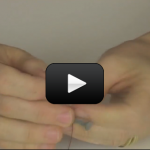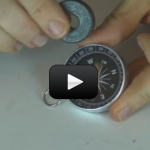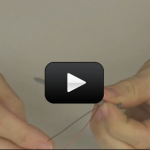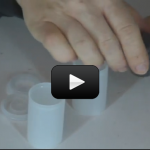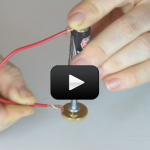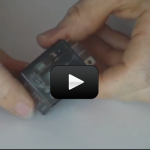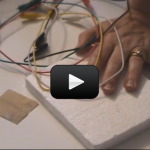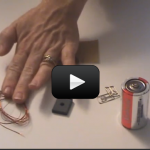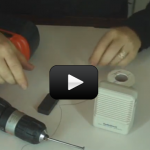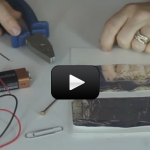This is one of the most important scientific discoveries of all time: moving magnets create electricity. Before this, people thought of electricity and magnetism as two separate things. When scientists realized that not only were they linked together, but that one causes the other, then the physics really started to fly!
In this lesson, we’re going to take a closer look at how magnets create electricity by building electromagnets, galvanometers, motors, relays, telegraphs, and speakers. Are you ready?
One of the four fundamental forces of nature, the electromagnetic force is the one that binds atoms together, allows you to walk down the street, and is solely responsible for bad hair days worldwide. One of the greatest leaps in science was the discovery that the electricity and magnetism were a part of each other, and not separate.
In this lesson, we’re going to take a closer look at how magnets create electricity by building electromagnets, galvanometers, motors, relays, telegraphs, and speakers. Are you ready?
One of the four fundamental forces of nature, the electromagnetic force is the one that binds atoms together, allows you to walk down the street, and is solely responsible for bad hair days worldwide. One of the greatest leaps in science was the discovery that the electricity and magnetism were a part of each other, and not separate.

